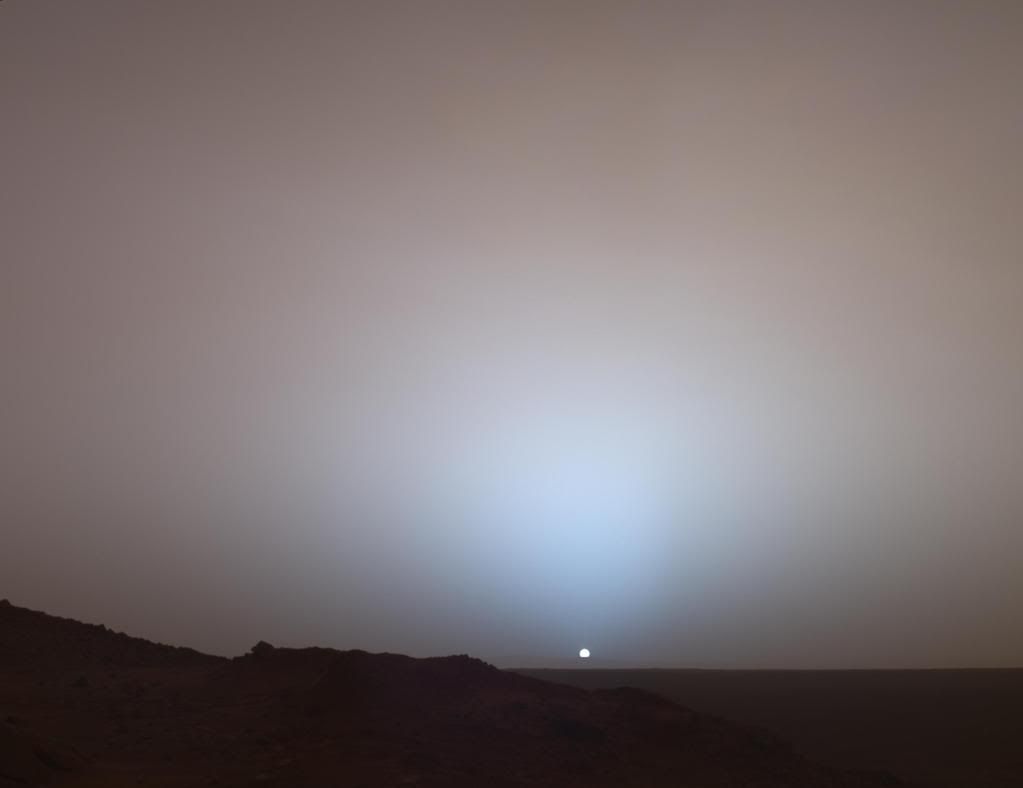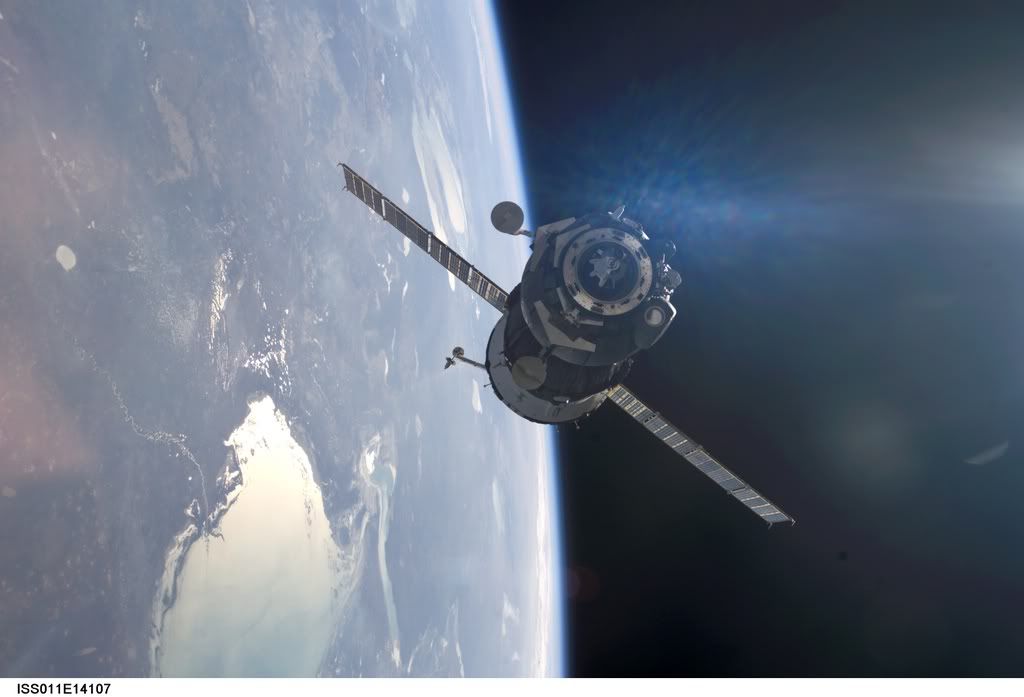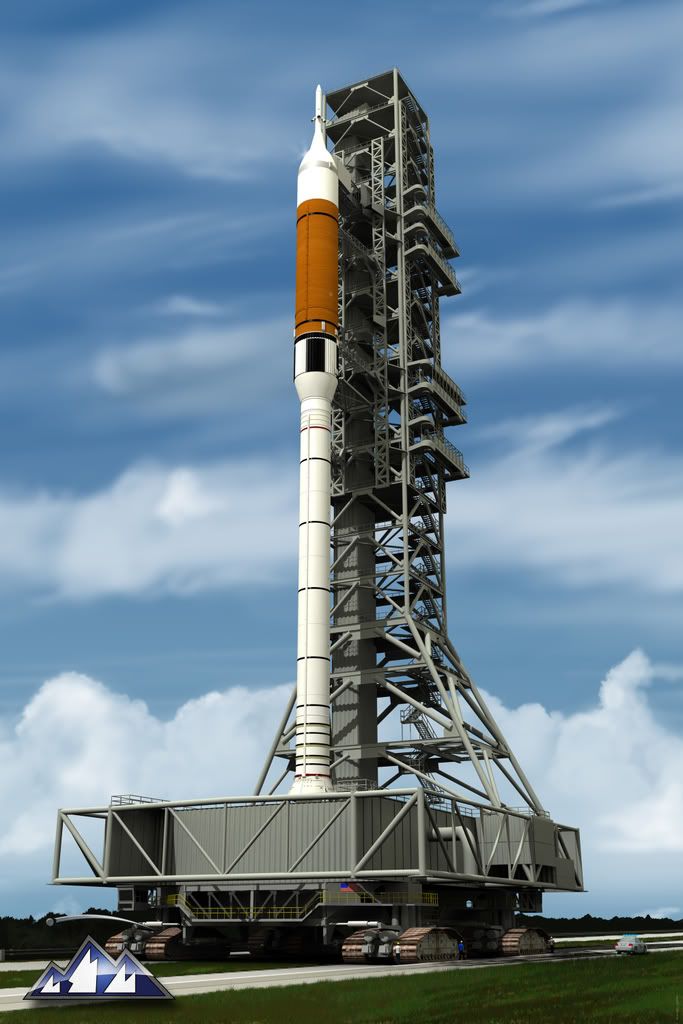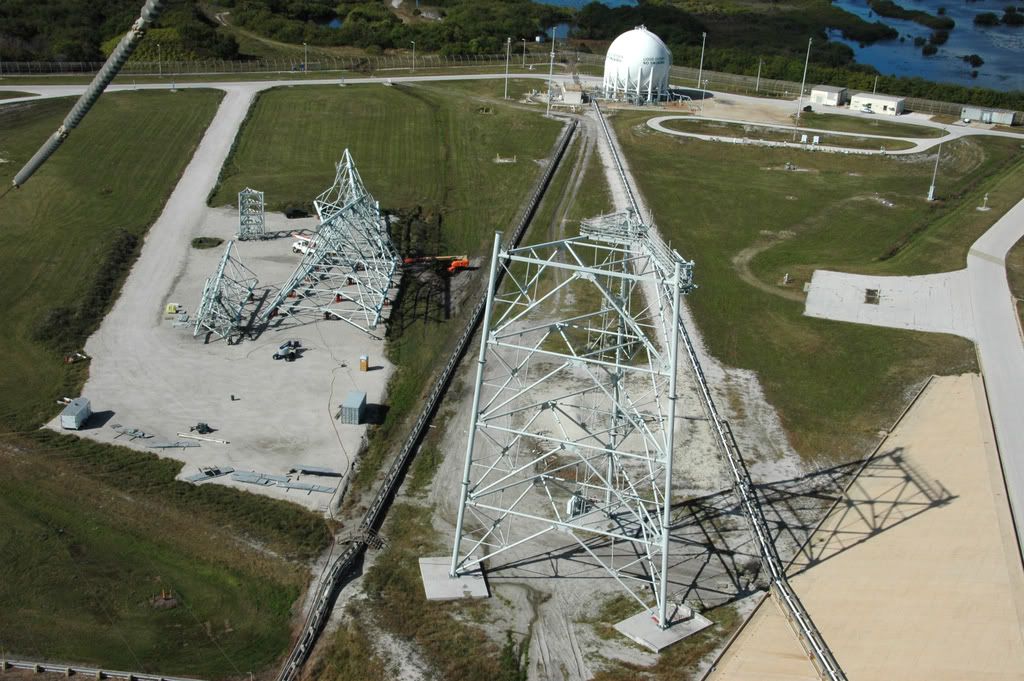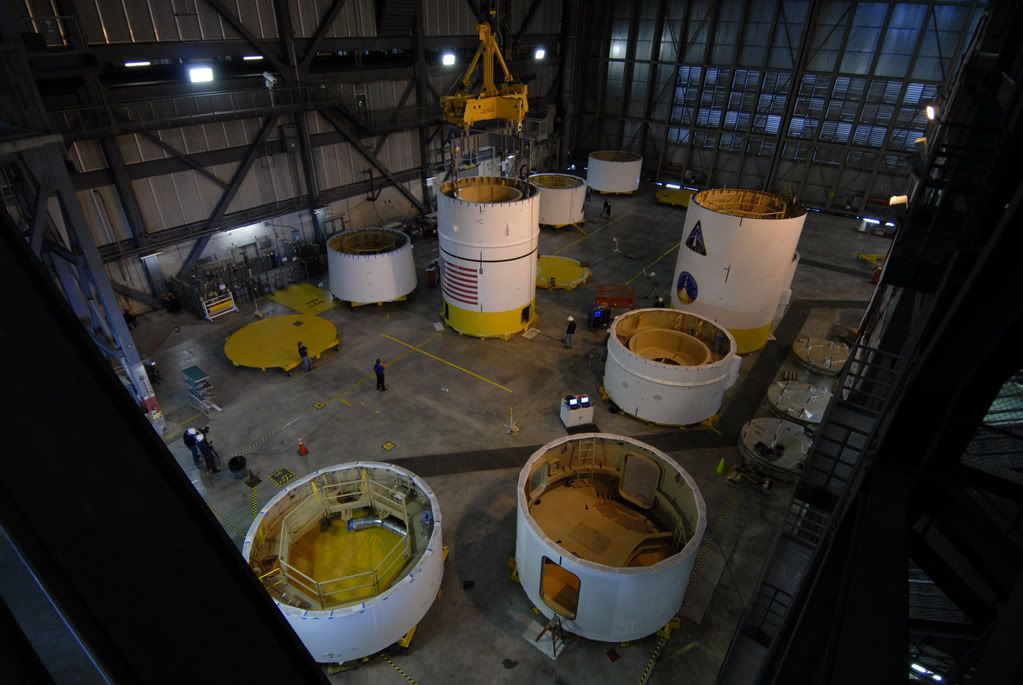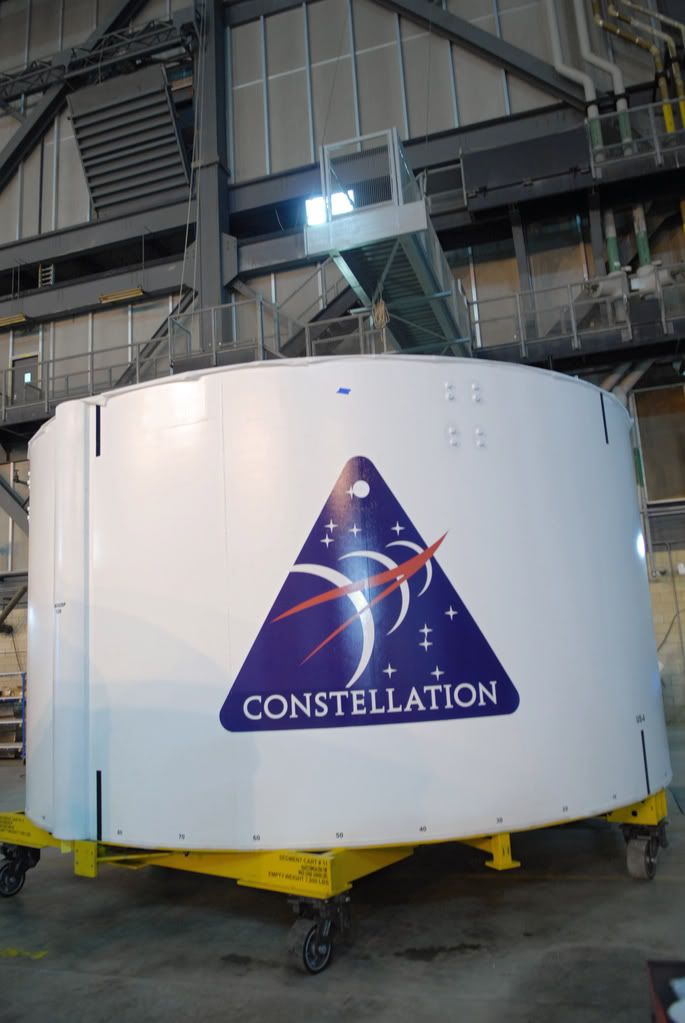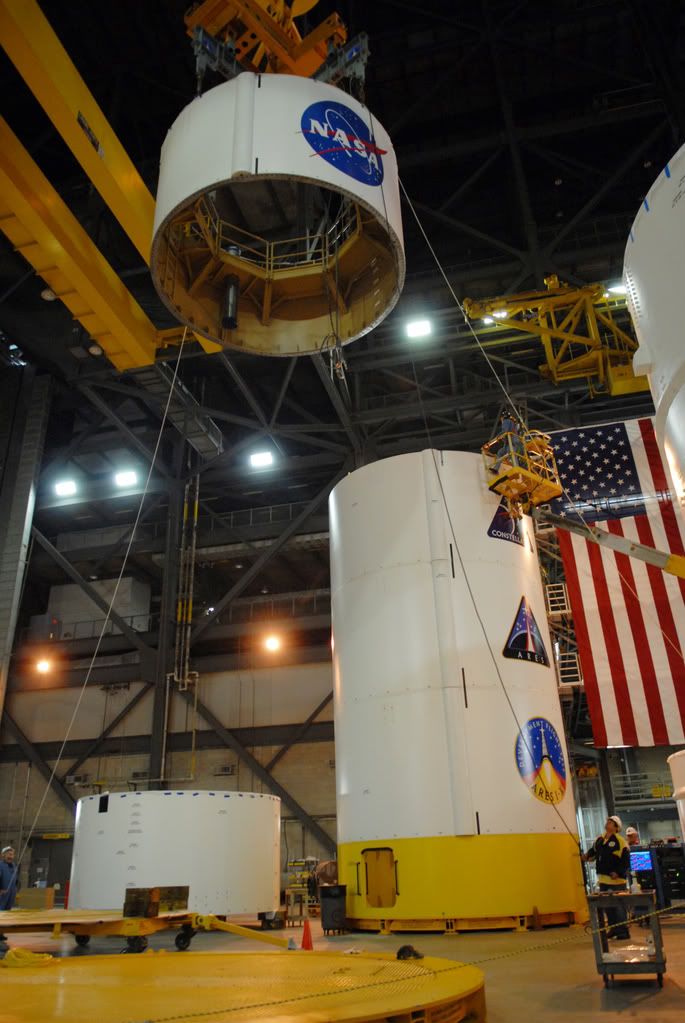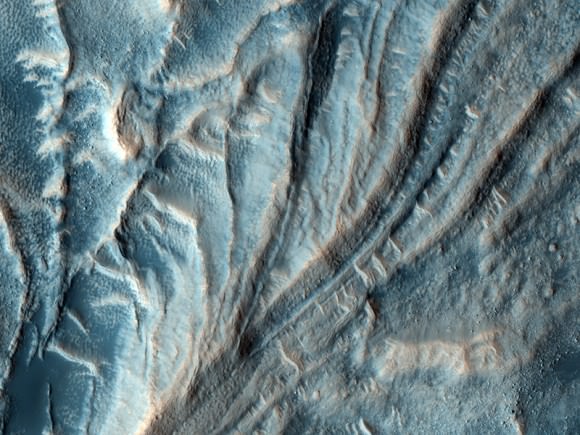AndersTheSwede
Member
Whoah:
Obama Moves to Counter China With Pentagon-NASA Link
http://www.bloomberg.com/apps/news?pid=20601087&sid=aOvrNO0OJ41g&refer=worldwide
Smart collaboration or dangerous militarization? I lean more towards the former. Either way looks like shakeups are coming down the pipe.
Obama Moves to Counter China With Pentagon-NASA Link
President-elect Barack Obama will probably tear down long-standing barriers between the U.S.s civilian and military space programs to speed up a mission to the moon amid the prospect of a new space race with China.
Obamas transition team is considering a collaboration between the Defense Department and the National Aeronautics and Space Administration because military rockets may be cheaper and ready sooner than the space agencys planned launch vehicle, which isnt slated to fly until 2015, according to people whove discussed the idea with the Obama team.
http://www.bloomberg.com/apps/news?pid=20601087&sid=aOvrNO0OJ41g&refer=worldwide
Smart collaboration or dangerous militarization? I lean more towards the former. Either way looks like shakeups are coming down the pipe.


